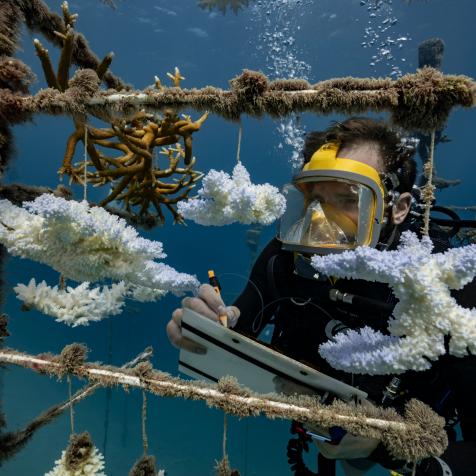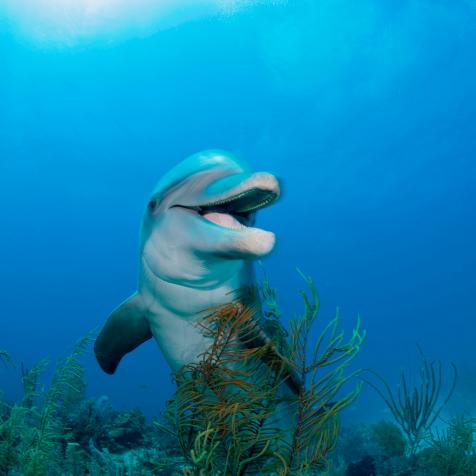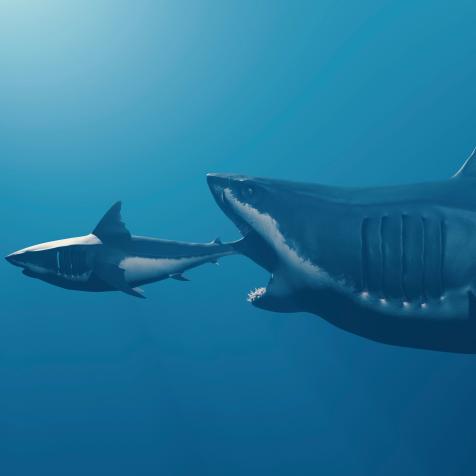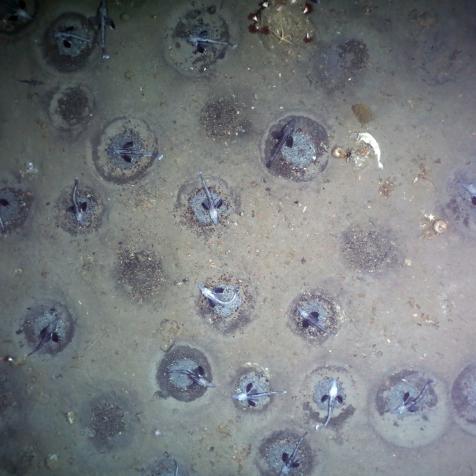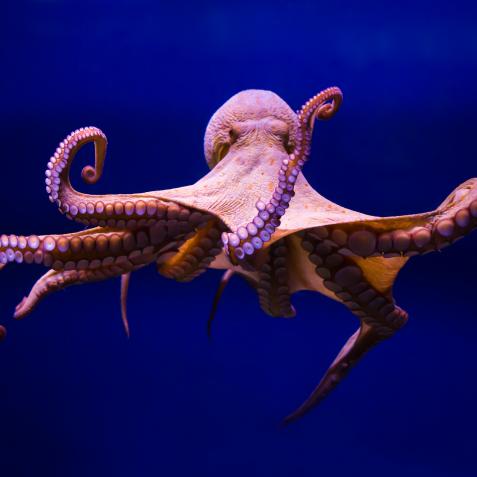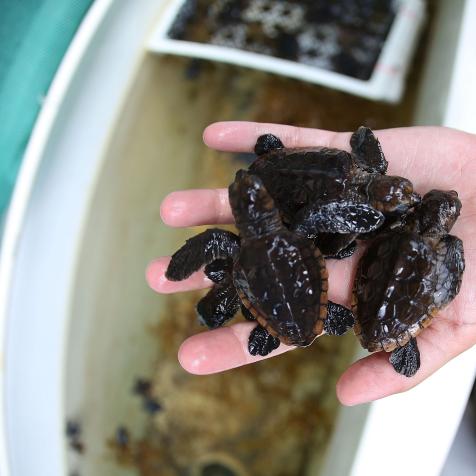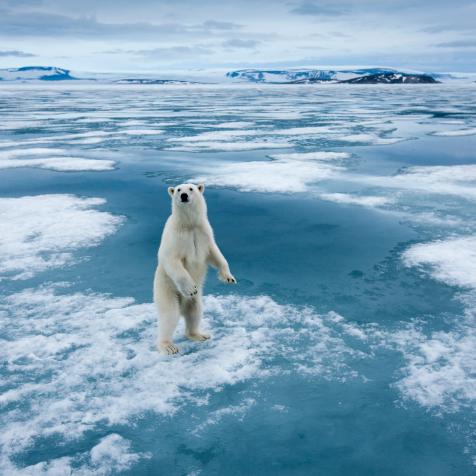
cavefish
This Mighty Fish Loses 20 Teeth Everyday, Then It Grows Them All Back
That’s the equivalent of a human losing and growing back a tooth every day.
Pacific lingcod can grow up to five feet in length and weigh up to 80 pounds. A prized catch for a fisherman, these creatures make fearsome predators. Their 500 needle-sharp teeth allow lingcod to hunt squid, crab, and crush through the shells of other crustaceans.
How these fish maintain the razor-sharpness of their teeth has long alluded scientists, until now. A study published in The Royal Society revealed Pacific lingcod replace their teeth at a rate of 3.6% per day. With 500 teeth lining their menacing mouths, that means they lose and regrow 20 teeth per day.
Most of what people know about tooth replacement comes from sharks– who don’t actually regrow teeth one by one but have multiple rows of teeth inside their jaw. When a tooth drops out, the underlying soft tissues carry a tooth from the row behind to replace it (like a conveyer belt).

joebelanger
The average tooth remains in a lingcod’s dental battery for just 27 days.
However, lingcod teeth share more similarities with other fish teeth than sharks, making them “a really nice model for studying teeth in fish,” says Karly Cohen, co-author of the study.
To study the rate at which Pacific lingcod replace their teeth, Ms. Cohen and her colleagues at the University of Washington dyed the teeth of 20 fish and kept them for observation for 10 days. After collecting and examining a total of 10,000 teeth– which Ms. Cohen counted by herself– the team was able to determine the rate lingcod replaced their teeth and which teeth were replaced most often.
Like the majority of fish, Pacific lingcod have two sets of jaws: oral and pharyngeal. The oral jaws are for catching and crushing prey, while the pharyngeal jaws are used for chewing and moving the food into the stomach. The team’s findings revealed lingcod’s back teeth are replaced more often.
“The duller a lingcod’s teeth are, the harder it is going to be for it to hold on to its prey,” says Dr. Kory Evans, a fish ecologist at Rice University, “So having the ability to shed teeth and replace them is pretty important.”









